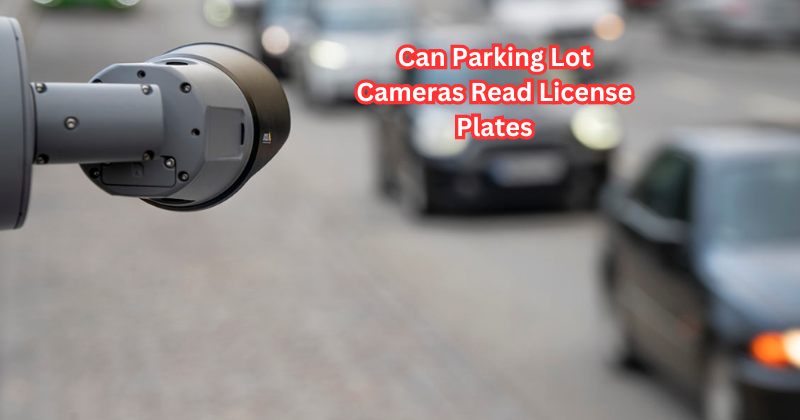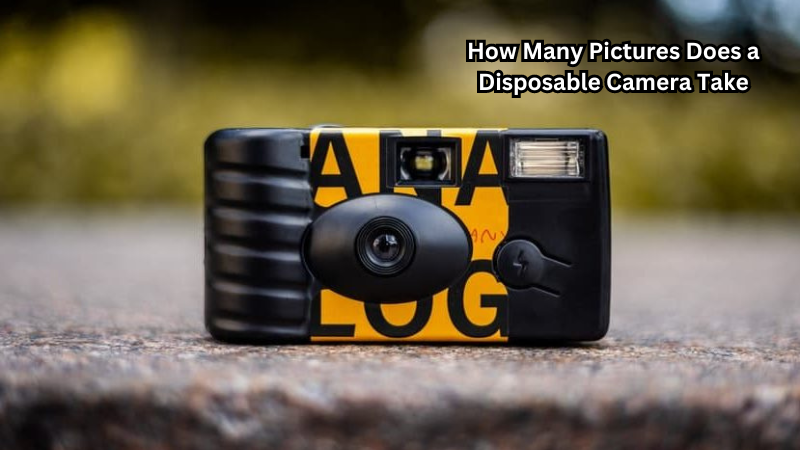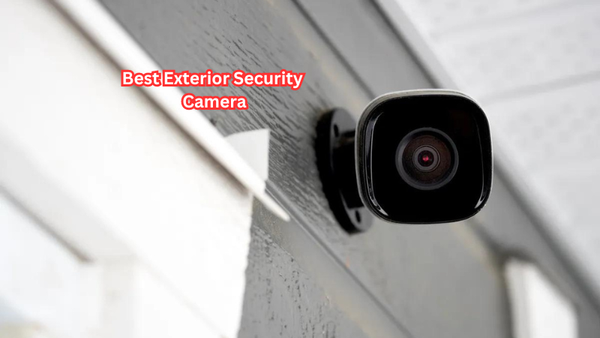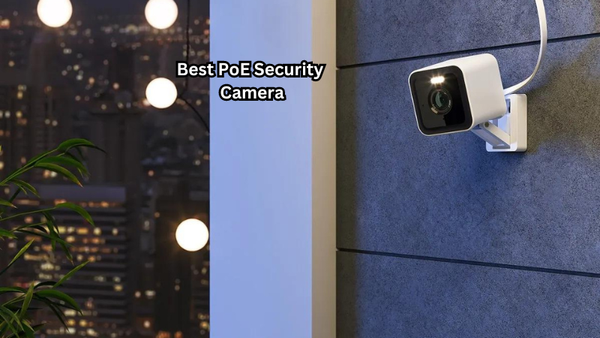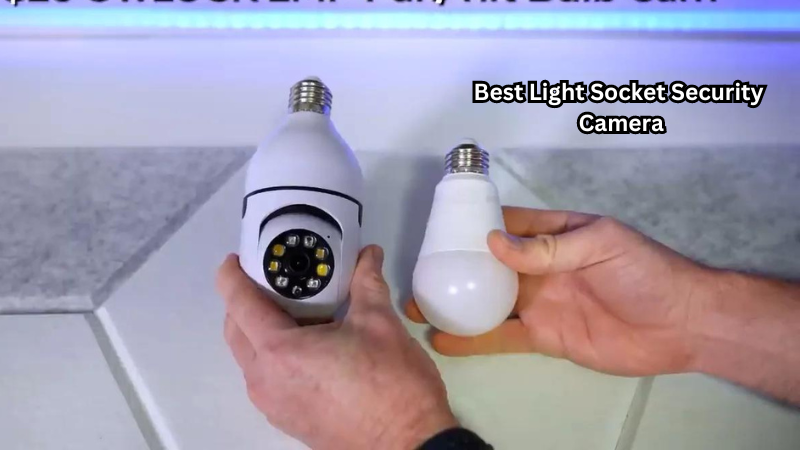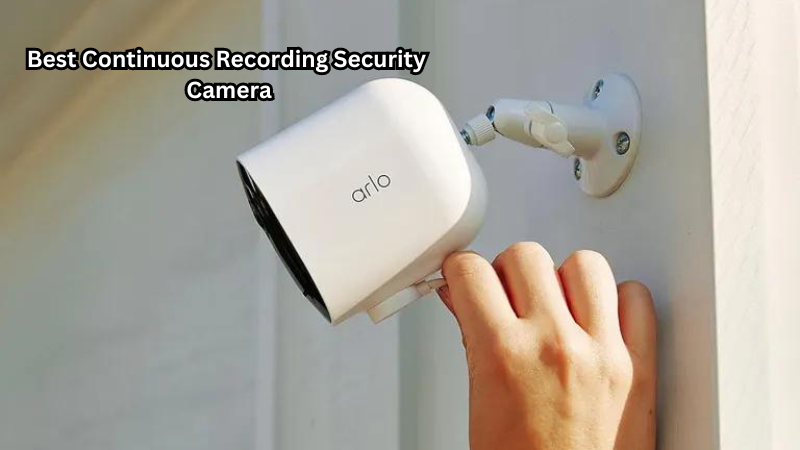Parking lot cameras equipped with license plate recognition technology have revolutionized the way businesses and organizations manage their parking facilities. These sophisticated cameras are designed to capture and read license plates with remarkable accuracy, enabling streamlined access control, enhanced security, and efficient monitoring of vehicle movements.
By leveraging optical character recognition software, parking lot cameras can quickly identify and log license plate numbers, providing valuable data for parking enforcement, visitor tracking, and security purposes.
The implementation of such advanced technology not only improves operational efficiency but also enhances overall safety and security within parking environments. This guide will delve into the details of how parking lot cameras can read license plates and explore their benefits and applications.
Why Parking Garage and Parking Lot Security is Paramount
Parking garages and parking lots are critical areas that require stringent security measures. With the increasing number of vehicles globally, adequate parking space is a necessity for businesses, residential complexes, malls, public places, and other establishments. As such, these facilities are always bustling with vehicle traffic, making it challenging for security personnel to monitor and manage every entry and exit manually.
Moreover, traditional means of ticketing or manual registration of license plates can be time-consuming and prone to human errors. This makes it difficult to identify unauthorized vehicles or track suspicious activities within the premises. However, with the introduction of license plate recognition technology in parking lot cameras, these challenges are effectively addressed.
What is an LPR?
A License Plate Recognition (LPR) System is an advanced technology that uses optical character recognition to read and capture license plate numbers. This system consists of specialized cameras, software, and databases that work together to automatically identify and record vehicle information.
The LPR camera captures an image of a vehicle's license plate as it enters or exits the parking facility. The proprietary software then processes the image, extracts the license plate number, and cross-checks it with a database of registered vehicles.
If there is a match, the system will grant access or flag any unauthorized or suspicious vehicles. When capturing license plates, LPR systems can also record the date, time, and location of the vehicle. This information is vital for parking enforcement, security monitoring, and data analysis.
Can Parking Lot Cameras Read License Plates?
Yes, parking lot cameras equipped with LPR technology can accurately read license plates. The cameras are strategically installed at entry and exit points or throughout the parking facility to capture high-quality images of vehicles and their license plates.
The software used in these cameras is continuously evolving, making it possible to recognize different types of license plates, including standard alphanumeric plates, special permit plates, temporary tags, and even international plates.
Additionally, the cameras are designed with advanced features such as infrared illumination, auto-focus, and zoom capabilities for improved accuracy and performance in all lighting conditions.
How Do Parking Lot Cameras Read License Plates?
The technology behind parking lot cameras with license plate recognition combines hardware, software, and algorithms.
The most common method for reading vehicle license plates is optical character recognition (OCR). This process involves capturing an image of the vehicle's license plate using a camera, converting it to digital text, and comparing it to a database of known vehicles.
Camera Hardware
Parking lot cameras are equipped with specialized hardware to effectively capture clear and accurate images of license plates.
This includes high-resolution cameras, infrared illuminators, and lenses with focal lengths suitable for capturing images at varying distances. License plate recognition cameras are also designed with advanced features such as automatic zoom, auto-focus, and image stabilization for improved performance.
Software
The software used in license plate recognition systems is the backbone of the technology. It consists of complex algorithms that analyze and process the captured image to extract the license plate number accurately. The software must be able to handle different lighting conditions, font styles, and vehicle speeds to achieve optimal results.
Databases
Databases play a crucial role in enabling parking lot cameras to read license plates. These databases store information such as registered vehicles' make, model, color, and license plate numbers.
When an LPR system captures an image of a license plate, it compares the extracted number with the database to determine whether or not the vehicle is authorized. Data of record license plate numbers, entry and exit times, and locations can also be stored in databases for future reference.
So, record license plates and enhance your parking lot security with LPR cameras. Installing these advanced systems can improve not only operational efficiency but also provide valuable data for parking facility management and security purposes.
Factors to Consider When Choosing Parking Lot Cameras with LPR
When selecting parking lot security cameras with license plate recognition, there are several factors to consider. Here are some essential considerations to keep in mind:
Accuracy and Speed
The accuracy and speed of the LPR system can significantly impact the efficiency of a parking facility. It's crucial to choose cameras with high accuracy rates and fast processing speeds to ensure smooth operations.
Integration with Other Systems
Parking lot cameras with LPR technology can be integrated with other systems, such as access control, security alarms, and visitor management. This allows for seamless coordination and enhanced security within the parking facility. When it comes to capturing license plates, LPR systems can also be integrated with gate arms or barriers to control access.
Scalability
As parking facilities expand or evolve over time, it's essential to choose LPR cameras that can easily scale to accommodate the changing needs of the establishment.
Camera resolution and image quality
The resolution and image quality of the cameras play a crucial role in accurately capturing license plate numbers. A higher resolution allows for clearer images, while better image quality ensures that even in low-light conditions, the security camera can capture and process images effectively.
Applications of License Plate Recognition Technology in Parking Lots
License plate recognition technology has numerous applications in parking lots and garages. Some of these include:
Automated Entry/Exit Control:
LPR-equipped cameras can automate entry and exit processes by quickly identifying authorized vehicles. This saves time for drivers while enhancing security by preventing unauthorized access.
Visitor Tracking:
With LPR technology, businesses can track and monitor visitors' entry and exit times, making it easier to manage parking space allocation.
Parking Violation Enforcement:
LPR cameras can be used to identify vehicles that violate parking rules or regulations. This can help enforce parking rules and collect fines for violations.
Security Monitoring:
License plate recognition technology allows for real-time monitoring of vehicles entering and exiting the premises, helping security personnel identify suspicious activities or potential threats.
Benefits and Applications of Parking Lot Cameras with LPR
The use of parking lot cameras with license plate recognition has numerous benefits and applications, including:
Enhanced Security
LPR technology significantly improves overall security by accurately identifying authorized vehicles and flagging unauthorized or suspicious ones. It also provides valuable data for investigations in case of incidents within the parking facility.
Streamlined Access Control
With LPR technology, access control becomes more streamlined as registered vehicles can enter and exit the facility quickly without the need for manual verification.
Improved Efficiency
Parking lot cameras with LPR technology help improve efficiency by automating processes, reducing wait times, and minimizing human error.
Cost Savings
With automated entry and exit control, businesses can save on labor costs associated with manual verification of vehicles. Video surveillance system integration also reduces the need for additional security personnel.
FAQs
How good are parking lot cameras?
The quality of parking lot cameras can vary depending on the brand and features. When it comes to LPR technology, accuracy rates and processing speeds are essential factors to consider.
Can LPR cameras capture license plates in low-light conditions?
Yes, some LPR cameras are designed to capture clear images even in low-light conditions. Plus, with advancements in technology, LPR cameras are becoming more efficient at capturing clear images in various lighting conditions.
Are parking lot cameras with LPR technology expensive?
The cost of parking lot cameras with LPR technology may vary depending on the features and capabilities. However, these systems offer significant benefits and can be a valuable investment for businesses managing parking facilities.
Can I put a parking camera on my car?
Yes, there are portable LPR cameras available that can be mounted on vehicles for temporary parking enforcement or monitoring purposes. However, these may not have the same accuracy and speed as permanent parking lot cameras.
Final Thoughts
In conclusion, the advent of License Plate Recognition (LPR) technology in parking lot cameras marks a significant advancement in surveillance and security measures. The ability of these cameras to accurately read license plates contributes to enhanced safety, efficient parking management, and improved operational workflows.
By harnessing the power of optical character recognition and machine learning, parking lot cameras have become indispensable tools for businesses and organizations seeking to optimize their parking facilities.
Embracing this technology not only boosts security but also streamlines processes, demonstrating the valuable role these cameras play in modern-day parking solutions.
